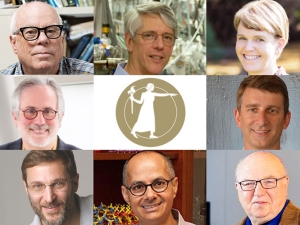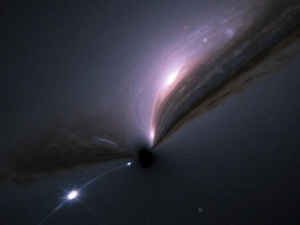

Research Bio
Uros Seljak is a professor of physics, of astronomy, and a senior faculty scientist at LBNL. He is a cosmologist who is particularly well-known for his research on cosmic microwave background, galaxy clustering and weak gravitational lensing, and the implications of these observations for the models of the universe, its origins, content, and its future. In 1997, Seljak predicted the existence of B-modes in CMB polarization that are a tracer of primordial gravitational waves from inflation. Much of Seljak's recent work has been focused on how to extract fundamental properties of our universe from cosmological observations using analytical methods, numerical simulations and Machine Learning tools. Seljak is actively developing methods for accelerated Bayesian Inference, and applying them to cosmology, astronomy, and other sciences. Examples of this work are the MicroCanonical Hamiltonian and Langevin Monte Carlo and Deterministic Langevin Monte Carlo. Seljak was inducted to National Academy of Science in 2019 and co-awarded the 2021 Gruber Prize for his work introducing numerous techniques for the study of the large-scale structure of the universe as well as the properties of its first instant of existence. He received an honorary doctorate from University of Ljubljana in 2023.
Research Expertise and Interest
astrophysics, cosmology, machine learning, Bayesian statistics





